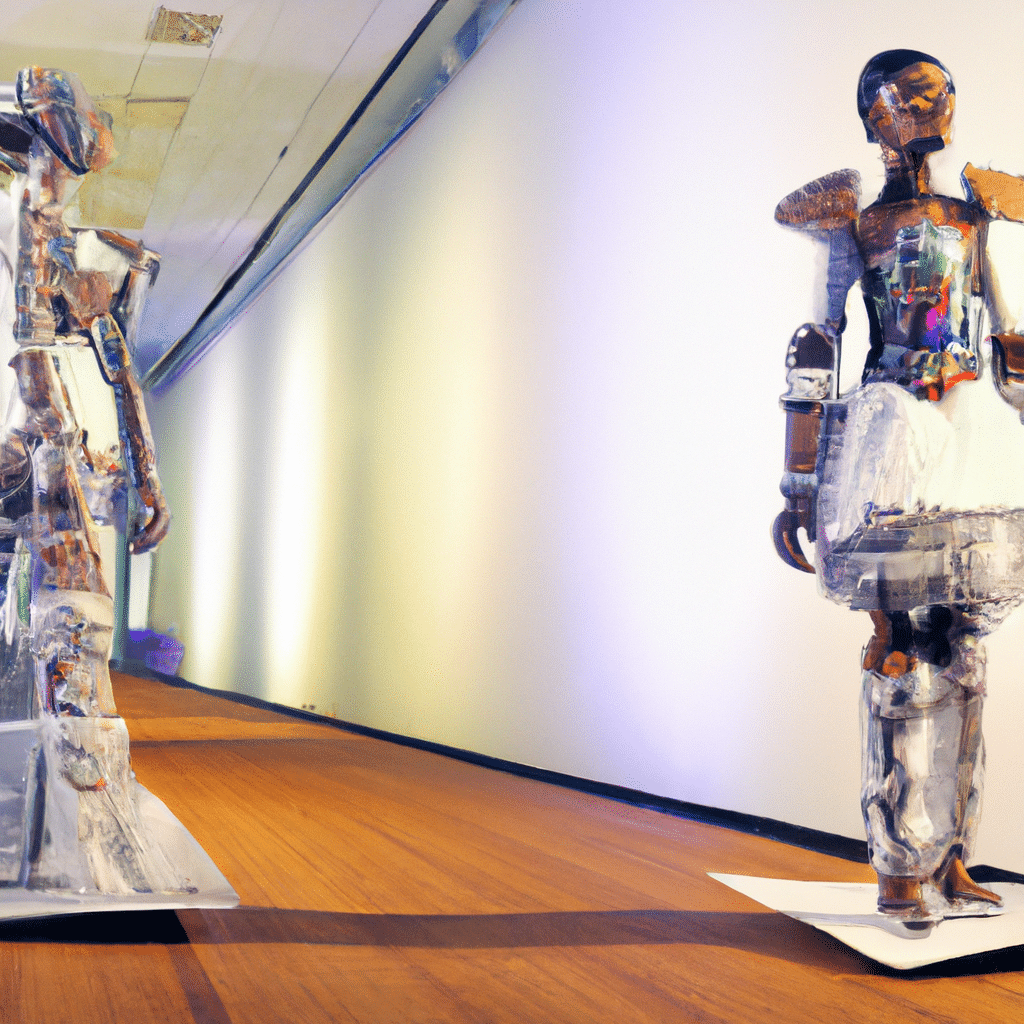The Advantages and Disadvantages of AI in the Fashion Industry
Artificial Intelligence (AI) is revolutionizing the fashion industry, providing businesses with effective ways to improve their operations, streamline their processes, and enhance the overall customer experience. While AI technology has been around for quite some time now, it’s only in recent years that the fashion industry has begun to realize its potential.

In this article, we’ll explore the advantages and disadvantages of AI in the fashion industry and how it’s changing the way we shop, design, and produce clothes.
Advantages of AI in the Fashion Industry
1. Personalization
One of the most significant advantages of AI in the fashion industry is the ability to personalize the shopping experience for each customer. AI-powered recommendation engines can analyze customer data, browsing history, and purchase behavior to provide personalized product recommendations, making shopping more convenient and efficient.
2. Predictive Analytics
AI can also help fashion businesses to predict future fashion trends, enabling them to adjust their production and inventory levels accordingly. By analyzing consumer data and social media trends, AI can help businesses stay ahead of the competition and create designs that are in demand.
3. Enhanced Supply Chain Management
AI can help fashion businesses to optimize their supply chain management by automating various processes such as inventory management, order processing, and logistics. This can lead to reduced costs, increased efficiency, and faster delivery times.
4. Improved Customer Service
Chatbots powered by AI can provide customers with quick and accurate answers to their queries, reducing the need for human customer service representatives. This can lead to improved customer satisfaction levels and reduced costs for businesses.
5. Sustainable Fashion
AI can help fashion businesses to adopt sustainable practices by optimizing production processes, reducing waste, and improving resource utilization. This can lead to reduced environmental impact and increased brand reputation.
Disadvantages of AI in the Fashion Industry
1. Job Losses
One of the most significant disadvantages of AI in the fashion industry is the potential for job losses. As more processes become automated, human workers may be replaced by machines, leading to unemployment and social inequality.
2. Bias and Discrimination
AI algorithms are only as unbiased as the data they are trained on. If the data contains biases or discrimination, the AI will learn and perpetuate those biases. This can lead to discrimination against certain groups, such as people of color or women.
3. Lack of Creativity
AI is only as creative as the data it is trained on. While AI can help fashion businesses to predict trends and create designs, it may lack the creativity and intuition that human designers possess.
4. Privacy Concerns
AI-powered recommendation engines and chatbots collect and analyze vast amounts of customer data, raising concerns about privacy and data protection. Customers may be hesitant to share their data with fashion businesses, leading to reduced trust and loyalty.
5. Cost
AI technology can be expensive to implement and maintain, especially for small and medium-sized businesses. This can lead to increased costs and reduced profitability.
Conclusion
AI is transforming the fashion industry, providing businesses with new ways to improve their operations, reduce costs, and enhance the customer experience. While there are many advantages to using AI, there are also some disadvantages that must be considered. As the fashion industry continues to evolve, it’s essential that businesses carefully consider the role of AI in their operations and weigh the benefits against the potential risks.












